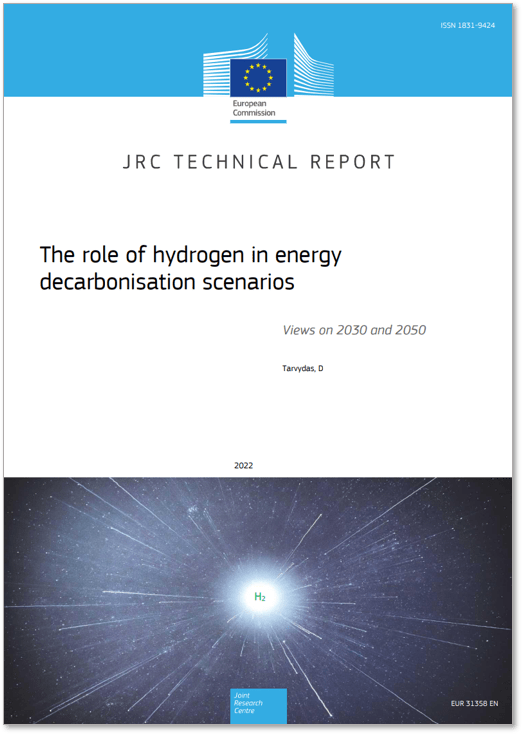The report focuses on the critical role of hydrogen in energy decarbonization scenarios, specifically for the years 2030 and 2050. It evaluates the massive scale of the challenges ahead, emphasizing the need for significant increases in the installed capacity of electrolysers, solar, and wind generation to meet hydrogen demand. In a Net-zero scenario, electrolysers are projected to provide 81% of hydrogen, sourced both from grid electricity and dedicated off-grid installations.
According to Bloomberg’s New Energy Outlook, global hydrogen demand could increase 16-fold by 2050, spurring exponential growth in the electrolysers market. The report compares various decarbonization pathways presented in selected energy scenarios, taking into account differing assumptions on targets, societal changes, and efficiency improvements. It points out that in a world where electricity is primarily generated by intermittent renewables, hydrogen becomes indispensable. Hydrogen can act as a long-term energy storage solution, supplementing batteries and hydro storage power plants without the environmental impact of large hydro dams or the size limitations of lithium batteries.
The report also notes the abundantly available recent, in-depth analyses covering all aspects of the hydrogen supply chain, from production to transition to storage. These analyses often go beyond the scope of most energy scenarios and this report. Overall, the document serves as a comprehensive overview, aiming to provide evidence-based support for European policymaking in the domain of energy decarbonization with a focus on hydrogen.

